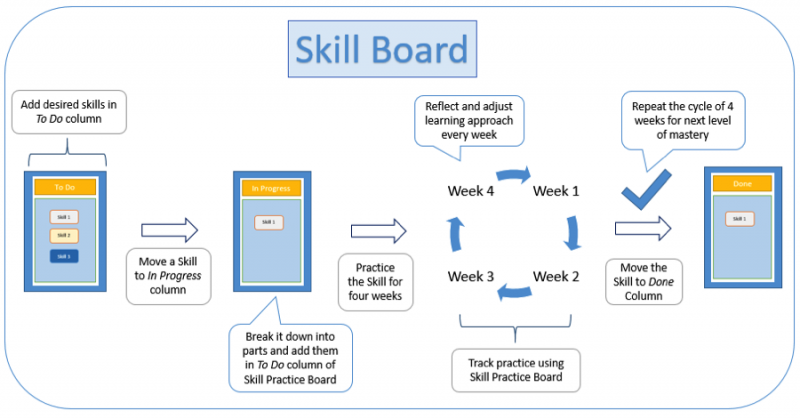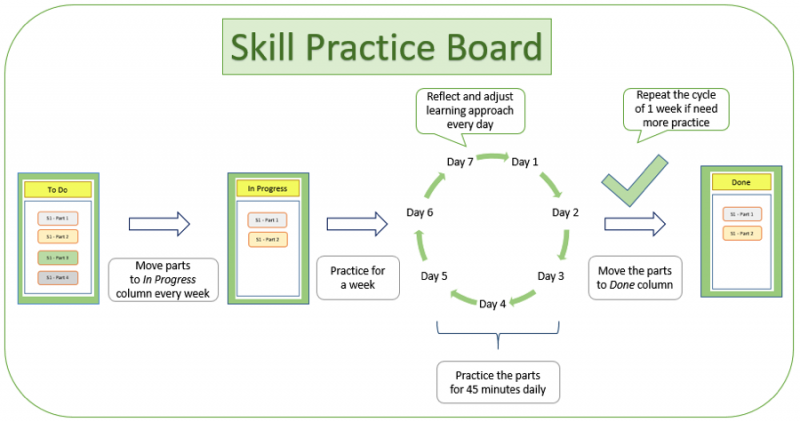It seems as if everyone is talking about the workforce being impacted by new technology trends such as robots, artificial intelligence, and machine learning. We all hear about how driverless cars, security robots, and robots working as restaurant cooks and servers are being introduced to the market and taking over jobs that once used to be done by humans. How serious is the impact of automation on humans, and how should we respond to this situation?
There are three main challenges we are facing because of these technological advancements.
Impact on workforce: During his book launch for The Future of Work: Robots, AI, and Automation, Darrell West discussed the three industries most likely to suffer job losses due to automation: finance, retail, and hospitality. NPR also made an interactive guide showing the impact of technology on the workforce. It gives estimates of how automation will affect the job market in twenty years across a wide variety of careers—for example, it predicts bookkeepers have a 97.6% chance of being automated.
More competition for jobs: Not only is automation taking over human jobs, but the number of people is also increasing. The UN is projecting that the world’s population will be around 9.8 billion by 2050. This population increase will create more competition among humans for an already dwindling number of jobs. It is worth watching Hans Rosling’s TED talk where he shares interesting social and economic dynamics of population growth.
Change in the nature of jobs: Technological advancements are creating jobs as well, but these jobs require new and different kinds of skills. Economist David Autor talks about two fundamental economic principles. One explains how human genius and creativity determine the type of work we do. The other explains how human insatiability or greed determines how many jobs are created. Autor argues that because of these two principles, humans came up with new kinds of jobs in the last hundred years of technological advancements, and they will continue creating new jobs in the future as well.
What should humans do to respond to these enormous challenges? One obvious answer is to roll up our sleeves and get into the habit of learning new skills.
Moving from jobs that are the easiest to automate to those that are difficult can provide job and career stability. For example, according to those NPR projections, most engineering jobs (nuclear engineers, biomedical engineers, mechanical engineers, etc.) have less than a 10 percent chance of being automated. Jobs related to analytical and mathematical skills have less than a 5 percent chance of being automated.
Josh Kaufman, author of the book The First 20 Hours: Mastering the Toughest Part of Learning Anything, says that by putting twenty hours of focused and deliberate time into practicing a new skill, you can learn it reasonably well. That equates to roughly forty-five minutes a day for four weeks.
But even with this plan, you can have a better chance for success if you organize your goals. Agile can help.
An Agile Method for Learning
Japan’s manufacturing industry has been using the kanban method for lean work management for decades. It is also heavily used in agile software development. Kanban is a Japanese word that literally translates to signboard or visual signal, and the management system gets its name from the cards that track production steps across a board.
In a classic kanban board, there are three columns:
- To Do consists of the tasks that are not yet started
- In Progress consists of the tasks that are in progress
- Done consists of the tasks that are completed
To use agile to learn anything, you can set up two kanban boards as depicted below. The skill board will keep track of the skills you want to learn, and the skill practice board will keep track of the practice you do for each new skill you are working on. Breaking the skill into parts is a key part of the process.

Skill Board Process
To use the skill board, the first step is to perform research and come up with two or three skills that you really want to learn in the next couple of months. You should write them down on sticky notes and arrange them in priority order under the To Do column of the board.
Every four weeks, move a skill from the top of the To Do column to the In Progress column. Work on that skill for four weeks and track your progress using the Skill Practice board, as detailed below. At the end of the four weeks, move the skill to the Done column.
Then, as with all agile projects, it’s important to take time to reflect and adjust. Assess what worked and what didn’t work, and see how you can improve your approach to learning new skills in the next iteration of four weeks.
Skill Practice Board Process
At the start of every four weeks, pick a skill from the top of the In Progress column of the skill board. You may want to reach out to trusted colleagues, friends, and relatives for pointers on reliable learning resources for the skill you are interested in learning. Based on these findings, break down the skill into parts and write them down on sticky notes. Then, arrange them in priority order and stick them under the To Do column of your skill practice board. You should set aside forty-five minutes a day for practice.
At the start of every week, move sticky notes from the top of the To Do column to the In Progress column of the skill practice board. You should move only the notes for the aspects of the skill that you will be practicing every day of that week. After you have gained confidence in the practiced parts, you can move the sticky notes for those parts to the Done column.
Again, it’s important to reflect and adjust. On both a daily and weekly cycle, assess how your practices and learning are going, and tune them to improve if needed.
By repeating steps two and three for four weeks, you would have spent twenty hours and acquired a new skill reasonably well. Feel free to repeat another four-week cycle of practice for a given skill if you want to attain the next level of mastery for that skill.
The diagrams below show this process in detail.


Agile Learning Best Practices
Through using these techniques, I’ve learned some best practices that will help you use this technique successfully:
- Set aside a portion of the wall for your skill board and skill practice board for better visibility and tracking
- The physical movement of sticky notes from the To Do to In Progress and then to Done columns generates a sense of accomplishment
- Limit the items in the To Do and In Progress columns of the boards to three or four
- Remove practice barriers and distractions from your study room and turn off all electronics (unless being used for study)
- Never skip a retrospective; they will help you constantly improve your learning abilities and adjust your process each learning cycle
- Consider using massive open online courses to accelerate learning new skills
- Become licensed or certified in new skills to make sure you have covered all of the appropriate learning objectives
Acquiring new skills is always admirable, and it can even help you find new opportunities in an increasingly competitive job market. By going in with a plan and organizing your self-improvement activities, you’ll be learning new skills in no time.


User Comments
Thanks! Shakeel, this was a very helpful article and has given me directions to learning opportunities that I didn't know about. Starting my kanban now!
Best regards, Helen
Great. Thanks for your feedback. I am glad to know that my article was helpful to you. Happy Agile Learning! :)
I thought this was a great way to start looking at learning more skills. I made a Skill Tracker Template using Trello a few months ago that is similar to what you have (but condensed into one board) at https://trello.com/b/MT2F3lMu. I also used most of the content from The first 20 hours but also added questions to ask before skill aquisition and also checking for a Target Level of Performance. I like the two board approach as well, so I'll test out your described method and see how that goes. Thanks.
Hey Dwayne... I liked your idea of having Questions Before Skill Acquisition. Thanks for sharing your board. Please let me know if/how you update your approach after reading this article. Happy Agile Learning! :)
Gracias Shakeel, hace tiempo que necesitaba una guía para optimizar mi aprendizaje de nuevos conocimientos, esta es la primera que veo tan elaborada. La pondré en práctica y luego haré mi propia retrospectiva :-)
I just read your blog and I am so impressed! It's great to see such fantastic content on the web, and I sincerely appreciate the effort you have put in. As a fellow blogger, I recently wrote an article about the top 8 in-demand soft skills for employees in 2022. Understanding these essential soft skills is key to any successful career path. Hopefully, this topic can help guide more people into making informed decisions about their career paths in the years to come.